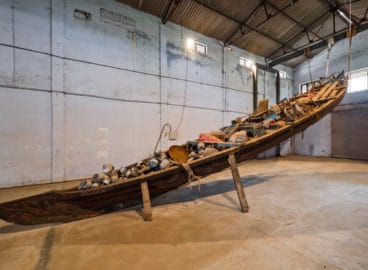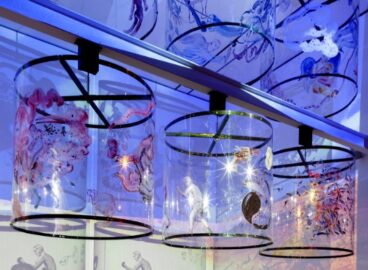Gayatri Sinha
Gayatri Sinha is an art editor, critic and curator. Her primary areas of inquiry are in gender and iconography, media and the study of classical texts.
She is the founder of criticalcollective.in, India’s first web based archive and news magazine on art.
As curator she has worked with photography and video art from archival and contemporary sources. Her curatorial projects include: Part Narratives, Bikaner House, New Delhi, Dr. Bhau Daji Lad Museum, Mumbai 2017; Diary Entries, Gallery Espace, 2015; Video Art Programme, Dr. Bhau Daji Lad Museum, Mumbai, 2013-2015; Water in the Musee d’Anselmbourg and the Grand Curtius Museum, Liege, 2013, Ideas of the Sublime, Lalit Kala Akademi, 2013; Cynical Love: Life in the everyday, Kiran Nadar Museum, 2011; Looking Glass: The Existence of Difference (Religare Arts Initiative, Max Mueller Bhavan, British Council), 2010; Public Places, Private Spaces: Contemporary Photography and Video Art in India, The Newark Museum, New Jersey, 2007 and Minneapolis Institute of Arts, 2008; Middle Age Spread: Imaging India 1947 – 2004, National Museum, New Delhi, 2004; Vilas: The Idea of Pleasure, Birla Academy, Mumbai, 2000; Woman/Goddess 1998-2001 (Delhi, Bangalore, Chennai, Kolkata, New York); The Self and the World, Women artists at the National Gallery of Modern Art, 1997.
She has edited Voices of Change: 20 Indian Artists (Marg 2010), Art and Visual Culture in India 1857- 2007 (Marg Publications, 2009); Indian Art: an Overview (Rupa Books, 2003) among others.
She has lectured widely on Indian art, including the Tate Modern, The Museum of Modern Art in New York, Tate Britain, Arken Museum of Modern Art, Copenhagen, National Museum, NGMA, Delhi, etc.
Contributions



